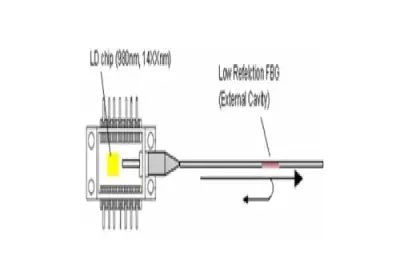Fiber optic applications have great advantages over other types of cabling. They are frequently used in many areas because they carry high and quality signals and provide high-speed information transfer. Fiber Optic Cables consist of 3 parts: Core: It is the central part of the cable. This is the area where the light travels. Shell: It provides protection of the transmitted light from environmental effects and insulation from external effects. Coating: It is the outermost surface. While the shell section provides insulation from external influences, the coating section provides protection from mechanical and chemical factors in the external environment. The usage areas of fiber optic applications include LAN - WAN internet applications, public antenna and telephone switchboards, television systems, video conference systems, multimedia services and CCTV (Closed Circuit TV systems).
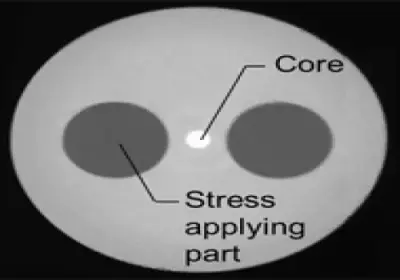
530nm band PANDA fiber
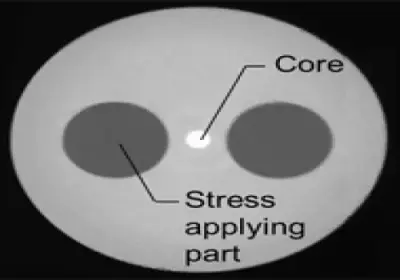
630nm band PANDA fiber
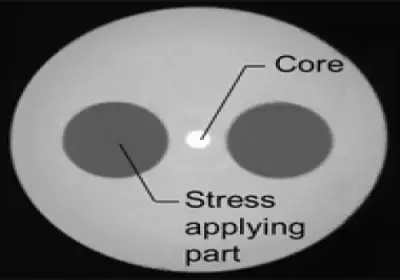
850nm band PANDA fiber
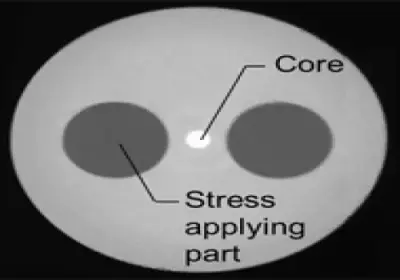
980nm band PANDA fiber
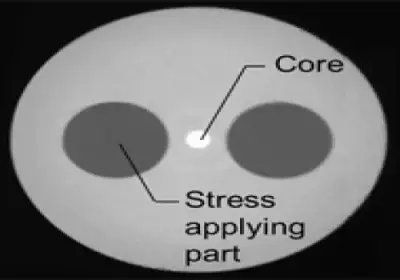
1310nm band PANDA fiber
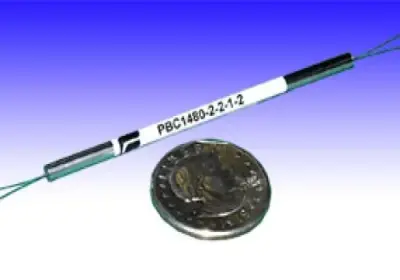
PM Couplers (Polarization Maintaining Couplers)
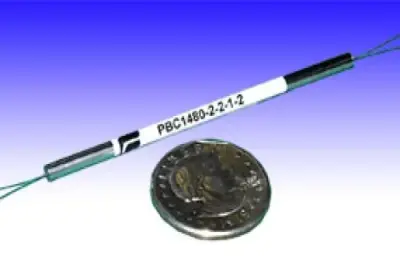
Polarization Beam Combiner
